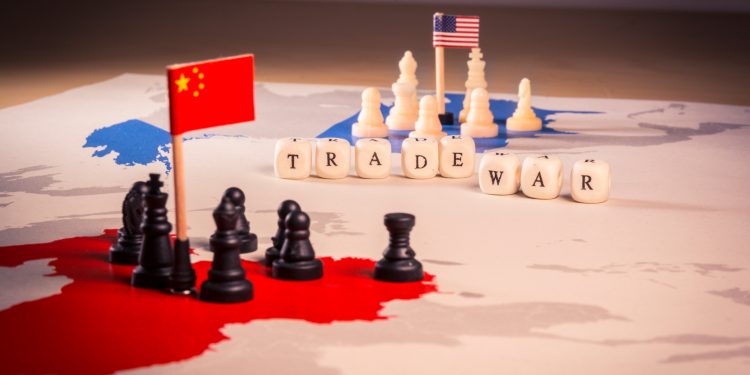How to address the incentives for circumvention created by U.S. tariffs on China is therefore less about better enforcement of existing trade rules and instead about new approaches. For the U.S., the central policy choice is whether to apply the tariffs that it applies to China to imports from Canada and Mexico or to work directly with Canada and Mexico to align on China tariffs and restrictions on Chinese foreign investment. The latter approach is the better one for the U.S., Canada, and Mexico, given the integration of supply chains across North America. Developing a North American approach to China will also strengthen the U.S. position when it comes to competition with China.
The good news is that Mexico and Canada also see Chinese circumvention of U.S. tariffs via their markets as a serious issue. For example, Mexico and Canada have increased tariffs on a range of iron and steel imports, Mexico has removed tariff breaks on electric vehicles (EVs) from non-free trade agreement (FTA) countries and has said it will raise tariffs on automobiles from China to 50%. Canada has imposed 100% tariffs on imports of EVs, aligning with the U.S. tariffs. However, more will be needed. In part because the range of products that could be circumventing U.S. tariffs is broader, and because the means by which Chinese products can enter the U.S. extends beyond trade to include Chinese investment.
The upcoming review of USMCA by July 2026 presents an important opportunity for the three countries to address concerns about Chinese circumvention. The following are the key findings regarding Chinese circumvention of U.S. tariffs.
Chinese intermediate goods used in manufacturing can avoid the United States’ China tariffs by first being imported into Canada or Mexico and incorporated into manufacturing in those countries before being exported to the U.S. Imports that then undergo a substantial transformation and lead to the production of new goods are considered as made in that country when exported. Whether a product can enter the U.S. under USMCA zero tariffs or pay the WTO MFN tariff rate will depend on whether the export complies with USMCA ROOs.
Read the full article by Joshua P. Meltzer and Maricarmen Barron Esper / Brookings












